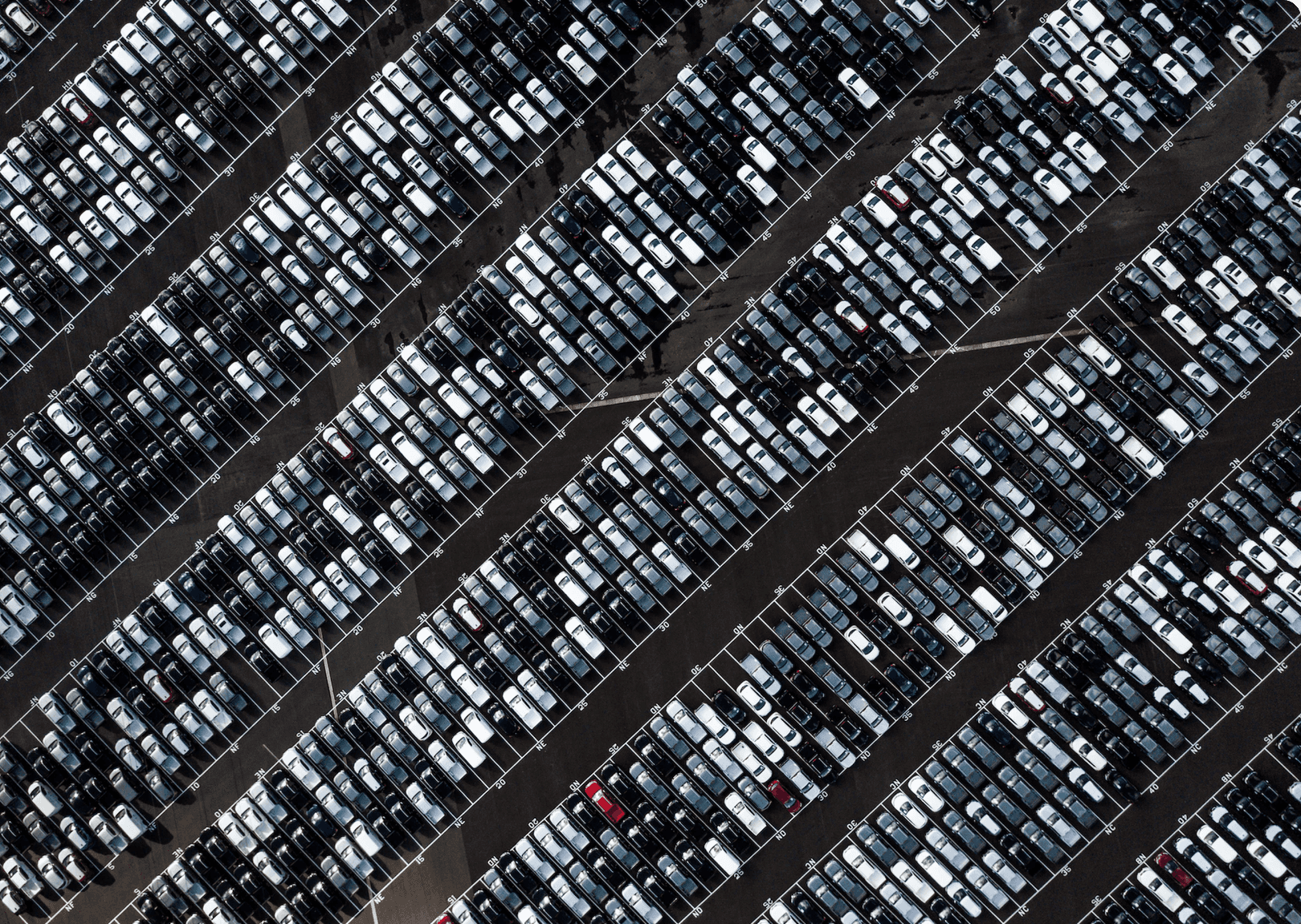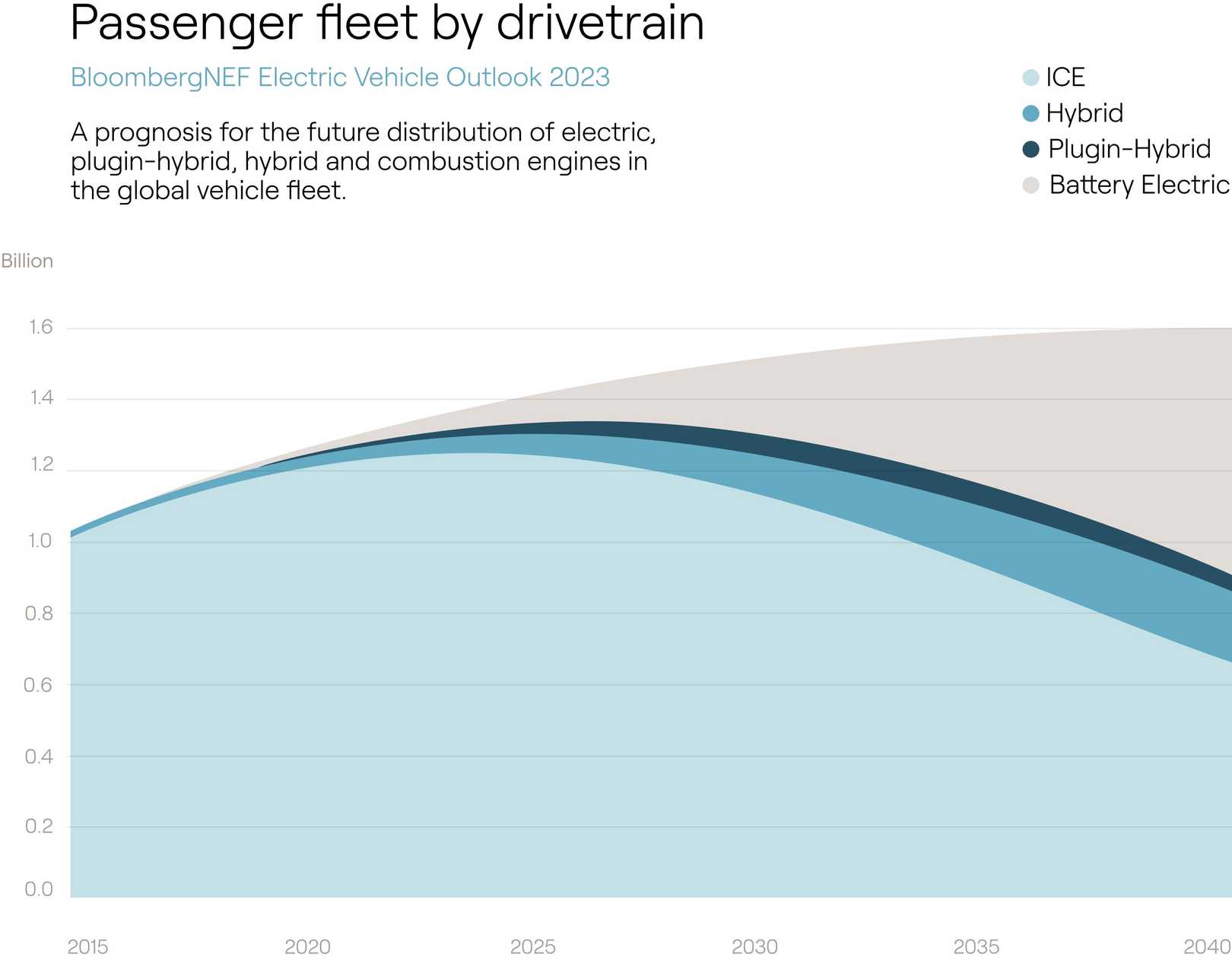900 million

900 000 000 reasons to innovate
The global passenger fleet is growing. Forecasts predict that by 2040, there will be around 1.5 billion cars on the road worldwide[1][2]. Electrification is accelerating in high income countries, OEMs are focusing on BEV drivetrains, and significant investments are going into building battery factories and charging infrastructures. However, while the electrification of vehicles is a vital part of the solution, it's not happening fast enough or evenly enough worldwide.
In emerging markets, forecasts show a rising number of vehicles with combustion engines in the decades to come. According to projections[1][2], more than 50% of the global passenger fleet will be powered by hybrid or ICE powertrains in 2040[1][2]. That's more than 900 million vehicles.

Total vehicles worldwide
Total ICE & hybrid vehicles worldwide
Let’s follow every path by exploring the hybrid futures of mobility
The recent IPCC UN climate panel report[3] shows that the prospects for reaching the Paris Agreement goal of limiting temperature increase to 1.5 °C above pre-industrial levels are deteriorating. At Aurobay, we have conducted a life cycle analysis of one of our engines and are ramping up this process to explore every possible path to net zero.
By developing existing solutions and working with current and new infrastructures, we aim to achieve a hybrid future of mobility that leverages multiple solutions tailored to global mobility's different needs and conditions.
While many working in the mobility industry share the goal of achieving net zero greenhouse gas emissions from road transport, electrification alone will not be able to accomplish this in a practical time frame. The industry is investing heavily in the development of electric powertrains, but mining and producing enough lithium within such a limited time frame and getting a global charging infrastructure in place, is not without its challenges – that’s why our focus is to continue to diversify our sustainable solutions portfolio.
"To meet the climate goals, other technical solutions are required in addition to 100 % electrification. We must continue to develop sustainable technologies that already exist or are under development"
Michael Fleiss, CEO of Aurobay.
Investing in research and development will help accelerate the transition towards net zero emissions from transportation. Still, it's also essential that we have comprehensive solutions that are accessible and cost-effective so that they can be widely adopted and have a meaningful impact in reducing green house gases.
There's no quick fix in reaching net zero in the mobility industry. But if we take a systemic approach to change we can accelerate the reduction of greenhouse gas emissions from passenger cars with a combination of different technologies and solutions.
Sources:
[1]: https://www.iea.org/reports/transport-biofuels
[2]: Electric vehicle outlook 2022, BloombergNEF
[3]: Bureau of transportation statistics (2022)
